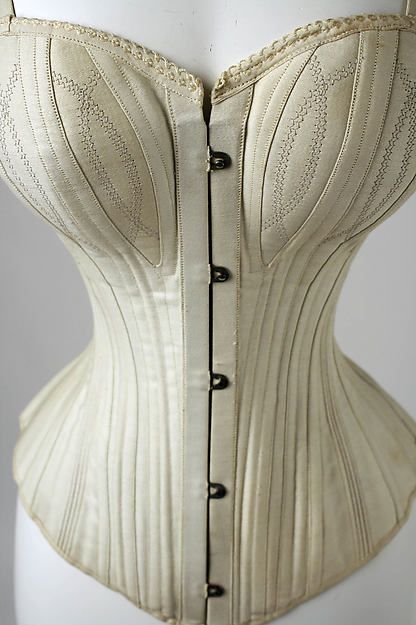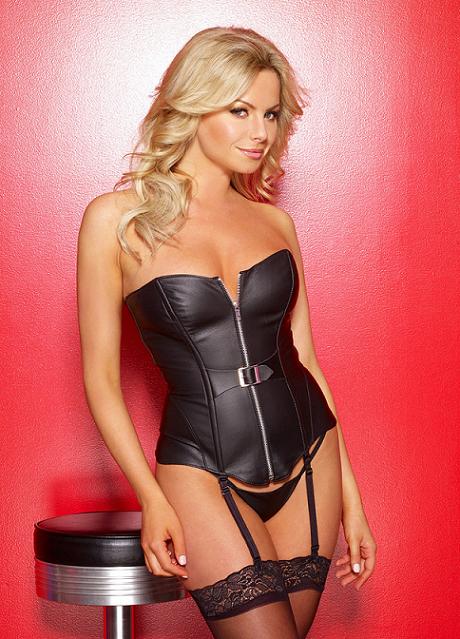20 Pictures In The History Of Corsets
Not only are corsets something cool to look at, turns out they also have an interesting history.
Published 9 years ago
2
Since then the corset has slowly been gaining popularity again. Now it is almost impossible to find a lingerie store or website that does not sell some variation of these creations. Corsets can be affordable but the less costly ones are made from cheap metals and materials. With a little digging you can find some upper scale ones but those will cost you at least a couple hundred dollars USD.
4
The post Edwardian long line corset was invented to slim the hips in the early 1900's. The use of rubber and plastic changed the direction and comfort of the body shaping fashion industry. These corsets were considered uncomfortable by many who wore them and girdles eventually replaced the corset all together.
10
In the late 19th century, doctors expressed concerned about the health risks of corsets especially the placement of the internal organs. Some even linked waist training to hysteria and even liver failure. At this time it was almost completely condemned and women who wore them were seen as extremely vain.
18
By the middle of the 16th century, these articles were extremely common among European women. This is around the time the "busk" was incorporated. A busk is a flat, long piece of metal, wood, horn, ivory or Whale bone (hence the term 'Bone-in Corset) and is sewn into the casing in order to hold it's shape.
19
These contraptions were made of layers upon layers of fabric and hardened glue and/or steel cages well into the 16th century. The steel ones are thought to be more for orthopedic reasons than fashion but still neat none the less. This style was used to turn the upper torso into an inverted cone shape and used a farthingale (hoop skirt) to exaggerate the hips.
20
The earliest known corset was worn by Cretian woman somewhere between 3000 and 1500 BC, but little is known about these garments until they were projected into fashion in the Middle Ages. That more recent corset, which holds it's origins as an undergarment in Italy, was introduced to France in the 1500's by Catherine De Medici (pictured here); wife of King Henry II. Traditionally in English these were called 'stays'.























.jpg)